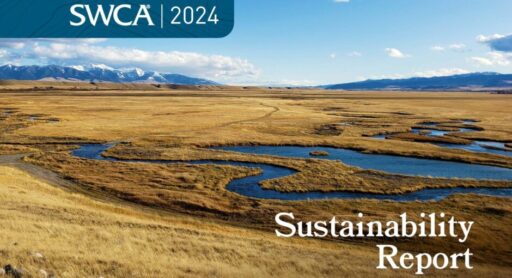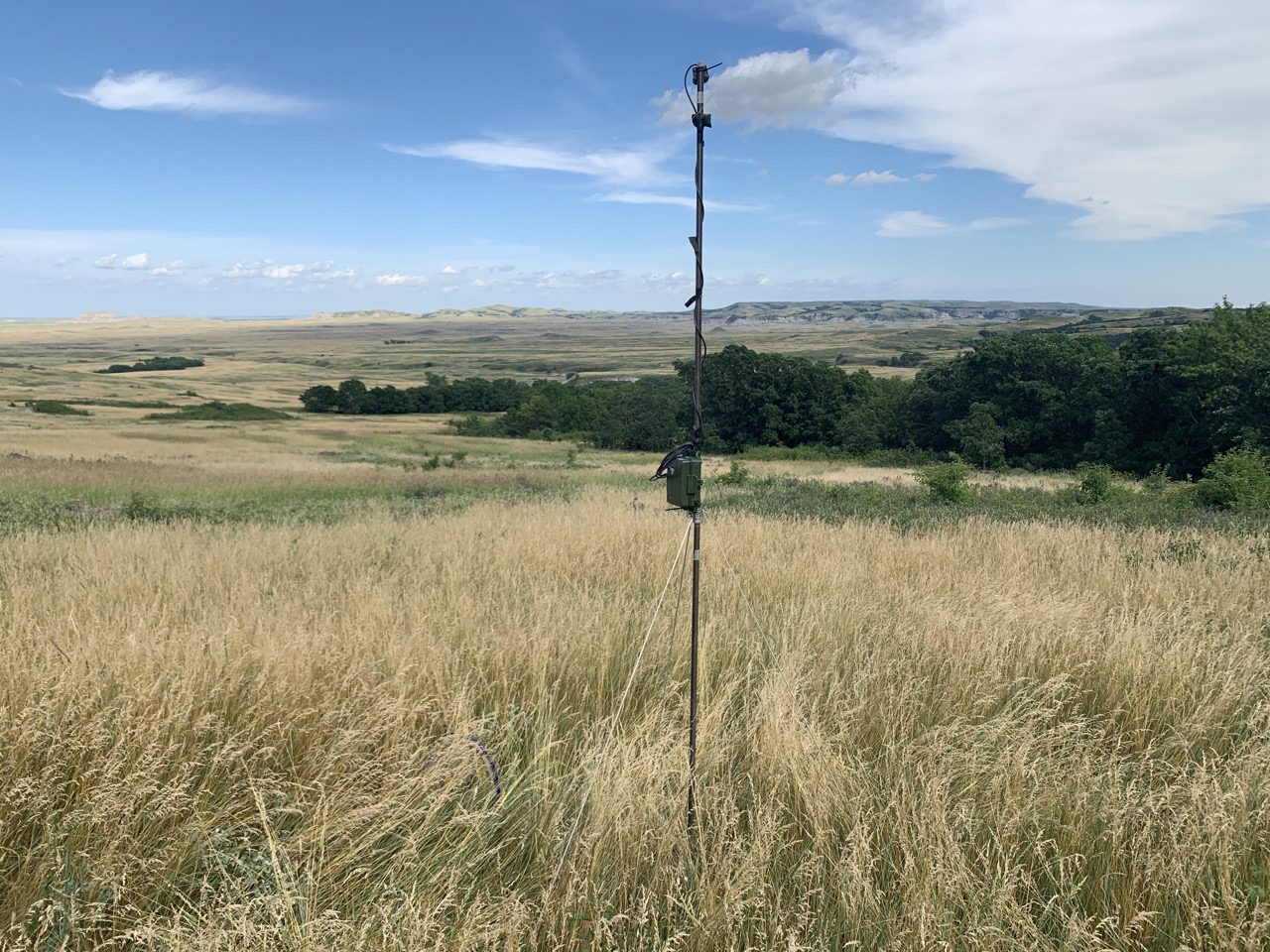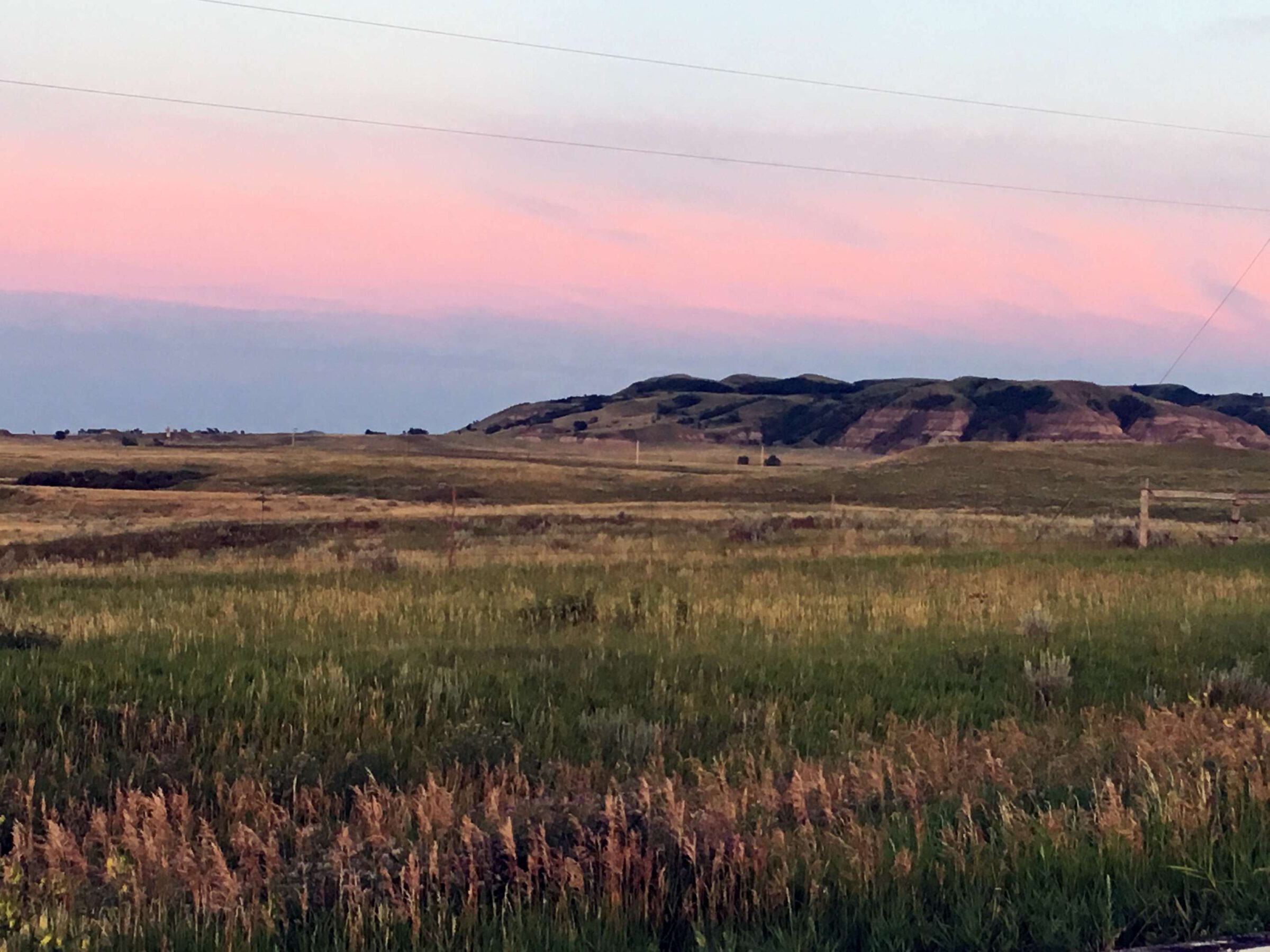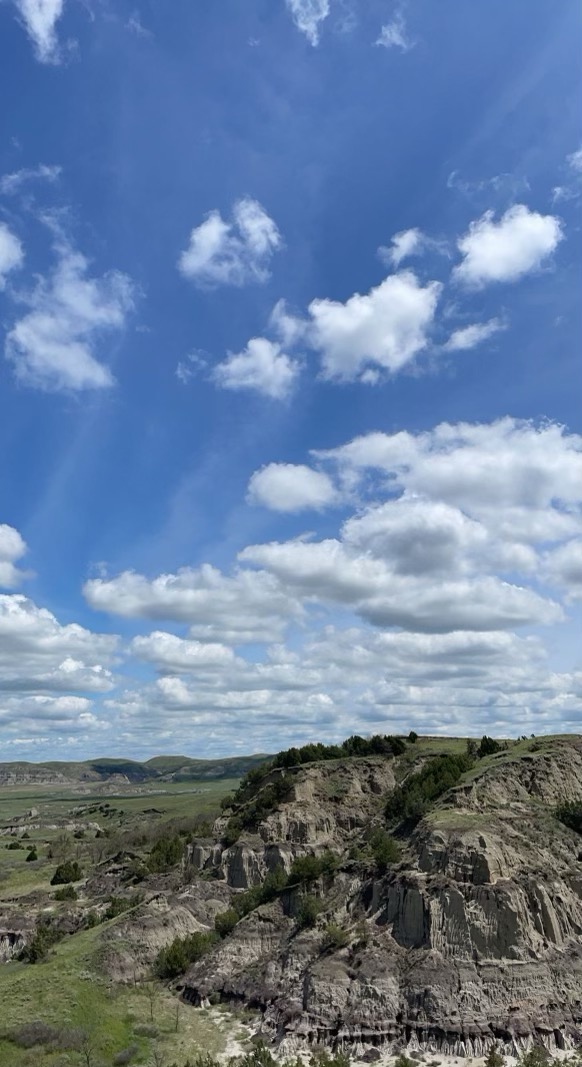2025
Comparably’s Best Company Outlook
* Providing engineering services in these locations through SWCA Environmental Consulting & Engineering, Inc., an affiliate of SWCA.

From the experts we hire, to the clients we partner with, our greatest opportunity for success lies in our ability to bring the best team together for every project.
That’s why:

At SWCA, sustainability means balancing humanity’s social, economic, and environmental needs to provide a healthy planet for future generations.
SWCA employs smart, talented, problem-solvers dedicated to our purpose of preserving natural and cultural resources for tomorrow while enabling projects that benefit people today.

At SWCA, you’re not just an employee. You’re an owner. Everyone you work with has a stake in your success, so your hard work pays off – for the clients, for the company, and for your retirement goals.
Winds of Change: SWCA Assists Standing Rock Sioux Tribe with Environmental Services for Anpetu Wi Wind Farm
The people of Standing Rock Sioux Tribe are taking control of their energy future with a 235-megawatt, 60-turbine wind farm.
Quinn has been a member of SWCA’s Marketing Team since 2019. As a content developer, she loves learning about SWCA’s people, projects, and services through writing articles. Quinn also teams with departments across the company, managing and developing internal communications.
A proud Spartan, she graduated from Michigan State University with a degree in Sustainability and Environmental Journalism. Born and raised in Michigan, Quinn moved to Denver to join SWCA (and enjoy all the mountain activities).

Griffin has completed projects focused on power generation, transmission, oil and gas, Departments of Transportation, and residential and commercial land development throughout the Midwest and in central and western states. His work has recently been heavily focused on all facets of preconstruction renewable energy development in the wind and solar industries, including natural resources reporting, permitting, wetland delineation, ecological and threatened and endangered species assessments, and due diligence. As part of his work in renewable energy development, he has supported several Public Utilities Commission/Public Service Commission site permit applications for large-scale wind farms in Minnesota, North Dakota, South Dakota, and Iowa.




A community widely known for its fight against the Dakota Access Pipeline, the people of Standing Rock Sioux Tribe are taking control of their energy future. The Standing Rock Sioux Tribe is developing a 235-megawatt, 60-turbine wind farm named Anpetu Wi (“morning light”) to provide clean energy, independence, and sustainability for their community.
As part of their commitment to self-determination, the Tribe made history by creating their own public power authority, the Standing Rock Renewable Energy Power Authority (also known as SAGE), to own and operate all the energy production assets within the reservation.
After several years of planning, SAGE selected SWCA in the fall of 2021 to assess the potential environmental impacts associated with developing this large-scale wind project.
“We’re honored to be a part of the Anpetu Wi wind farm development,” said SWCA Project Manager Griffin Bachhuber. “It’s exciting to be able to support the Standing Rock Sioux Tribe in developing their own utility-scale wind energy farm and leading the way for this first-of-its-kind project.”

Straddling the border of South Dakota and North Dakota, the Standing Rock Indian Reservation, home to the Lakota and Dakota Nations, stretches across two million acres of prairie plains, rolling hills, and buttes bordering the Missouri River. As stewards of their lands, the Standing Rock Sioux Tribe considers their environment integral to who they are as a people.
Spurred by outrage over the Dakota Access Pipeline, the Tribe raised funds for more than a decade to create SAGE and initiate this groundbreaking renewable energy project. The crowdsource funding approach, by way of impact investments, donations, and grants, allows the Tribe to retain full ownership of the project and its goals.
Anpetu Wi will be the single largest revenue source for Standing Rock. It is estimated to nearly double the annual revenue of the community, which is currently experiencing a 50% unemployment rate and a 37% poverty rate.
Prioritizing people, land, and nature over profit, Standing Rock Sioux Tribe plans to reinvest funds from the wind farm into future projects and Standing Rock as a whole. The project will advance equitable access to clean energy and bring new job opportunities to the region.
According to Joseph McNeil, Jr., SAGE General Manager, the Tribe is hopeful that this type of model could be adapted and used by other Native nations and communities to create a more prosperous future.
SAGE chose SWCA as the primary environmental consultant on this project, recognizing a long history of related project work and strong partnerships between SWCA and Tribal groups across the West.
“Our strengths lie in preexisting relationships with our Tribal partners — our longstanding experience and knowledge of how to work effectively with Tribal representatives is something unique that we bring to the table,” said Sarah Sappington, Rocky Mountain Plains Vice President at SWCA. “We are excited to be working with SAGE on this project that furthers our Tribal partnerships and benefits both people and the environment. ”
In addition to its rich natural and cultural resources, this land is considered to have one of the highest capacities for wind resource utilization in the country. This project will increase the amount of renewable energy on the grid and reduce regional dependence on fossil fuels.
SWCA’s mission, “preserving natural and cultural resources for tomorrow while enabling projects that benefit people today,” aligns with the SAGE’s seven generations/good ancestors mindset.
“We want to make sure that any decisions that we are making now are sustainable for both Unci Maka [Grandmother Earth] and our people,” said Fawn Wasin Zi, Chairwoman of SAGE. “We are looking to better conditions for our present-day relatives, but we are aware that the impact of what we do impacts the lives of those for the next 500 years and beyond.”
In accordance with these values, SAGE and SWCA’s team have been working on extensive natural and cultural resources studies to identify, avoid, and minimize the potential impacts associated with developing the Anpetu Wi wind farm.

Ground-based monitor installed for passive bat acoustic studies
SWCA’s team is working in collaboration with SAGE, the U.S. Fish and Wildlife Service, and the North Dakota Game and Fish Department to identify threatened, endangered, and sensitive species within the project area.
Natural resources surveys began in January 2022 and are ongoing; these include avian use surveys, eagle and raptor nest surveys, sharp-tailed grouse lek surveys, and aquatic resource surveys.
Future studies will include the preparation of a bird and bat conservation strategy, whooping crane and grassland assessments, National Environmental Policy Act (NEPA) analysis, and state permitting.

Standing Rock Reservation
Cultural resources pedestrian surveys were conducted over the summer of 2022 and will continue into the spring and summer of 2023. SWCA is collaborating with representatives from SAGE and the Standing Rock Sioux Tribal Historic Preservation Office to identify, document, and evaluate important cultural and Tribal resources within the project area. The data will be used for planning and preliminary design purposes.
“It is especially critical to get the perspective of Tribal stakeholders because they can speak for their lands and their people in a way that we as archaeologists cannot,” said SWCA Cultural Resources Team Lead Jolene Schleicher. “We are working closely with the Tribal representatives to ensure these valuable resources are preserved in the way that they want and deserve.”

Standing Rock Reservation
SAGE plans to break ground on construction for the wind farm in 2025, in accordance with all necessary environmental and cultural reviews. SWCA will continue to partner with SAGE on natural and cultural resources surveys and NEPA compliance well into 2024.
“We are lucky and fortunate that we got to be a part of this monumental project from the beginning,” Bachhuber said. “We feel the weight and the importance to get it right and ultimately move the project along to construction.”
The Anpetu Wi wind farm development is just the beginning for SAGE. The creation of SAGE and the Anpetu Wi wind farm is ushering in a movement alongside other renewable energy projects led by Tribal communities.
For example, SAGE is collaborating with Minneapolis-based Native Sun Community Power Development on the Upper Midwest Inter-Tribal Electric Vehicle Charging Community Network — a project supported by the U.S. Department of Energy to build an electric vehicle charging network that will link Tribal communities spread across nearly 500 miles in Minnesota, North Dakota, and South Dakota and provide grant funding for electric vehicles.
This work on the Anpetu Wi wind farm deepens SWCA’s relationships with Tribal groups in the region and marks the beginning of a lasting partnership between SWCA and SAGE for future clean energy initiatives.